Fighting has been raging since Hamas attacked Israel on October 7, killing thousands of people and showing no signs of abating.
The conflict broke out after the Hamas armed group in the Gaza Strip launched about 5,000 rockets into Israeli territory on October 7 , launching attacks on land, sea and air into cities and settlements in this country, killing about 1,400 people.
This is an unprecedented incursion into Israeli territory, one of the most serious escalations of tensions in the region in years.
The day Hamas attacked Israel. Video : WSJ
Israeli Prime Minister Benjamin Netanyahu declared a "state of war", ordered intense air strikes on Hamas positions in the Gaza Strip and mobilized more than 300,000 reservists, preparing for an all-out ground offensive.
The United Nations Security Council held an emergency meeting on October 8 , but the permanent members disagreed on the Hamas-Israel conflict. The United States called for a joint statement strongly condemning the Hamas campaign, but Russia and several other countries said the joint statement should be more comprehensive, calling on all sides to immediately stop fighting and move toward a ceasefire and meaningful negotiations. This disagreement prevented the Security Council from issuing a joint statement on the conflict.
As the Israeli military launched a campaign to push Hamas out of the territory, officials began reporting casualties, with the numbers rising rapidly. Retaliatory airstrikes also killed scores of civilians in Gaza.
The developments in the war have caused concern in the international community, with countries and organizations calling for an end to violence and a peaceful solution. Many countries have reported casualties, missing persons, and kidnappings in the fighting and are planning to evacuate their citizens from the area.
Protests in support of both Palestine and Israel have taken place in many parts of the world. Countries and international organizations have launched diplomatic efforts to prevent the conflict from spreading.
Meanwhile, the armed group Hezbollah in Lebanon and Iran praised the Hamas attack, saying it was a consequence of Israel's policy in the region.
The origins of the Israel-Palestine conflict. Video: Vox
Israeli Defense Minister Yoav Gallant on October 9 ordered a "complete blockade" of Gaza, cutting off electricity, food and fuel supplies to the region in response. The move left UN Secretary-General Antonio Gutteres "deeply concerned", calling on Israel to comply with international law.
Hamas' armed wing has warned that it will kill Israeli hostages if the Israeli army bombs civilian targets in Gaza without warning.
US President Joe Biden on October 10 condemned Hamas's attack on Israel as "the ultimate evil", declaring that Washington is ready to send more forces to the Middle East to strengthen deterrence.
"At this point, we have to be clear: we stand with Israel. We stand with Israel," Biden said. The US has also sent ammunition and weapons to Israel and warned its opponents not to take advantage of the situation.
On the same day, the USS Gerald R. Ford aircraft carrier strike group arrived in the eastern Mediterranean to support Israel and deter militant groups in the region. Washington announced the deployment of the USS Dwight D. Eisenhower aircraft carrier strike group to join the USS Gerald R. Ford. A US task force began coordinating with Israel to provide intelligence support and plan a counterattack against Hamas.
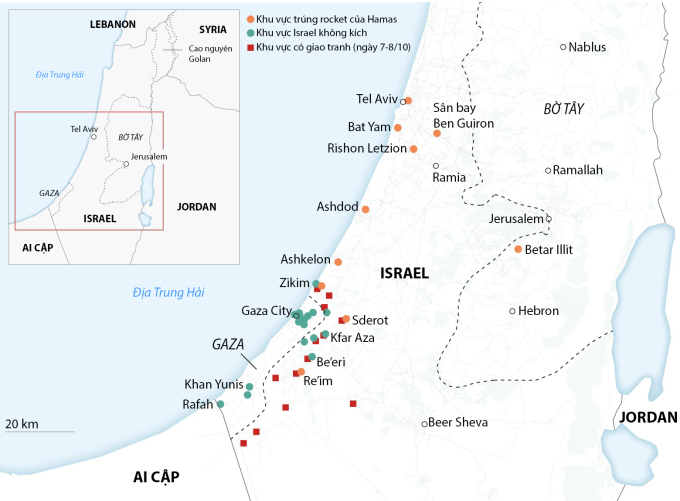
Hamas - Israel war situation. Graphics: CNN
The US State Department on October 11 warned its citizens to “reconsider” travel to Israel and the West Bank and asked them not to travel to Gaza. The Israeli prime minister vowed on the same day to “crush and destroy” the militant group Hamas. The Israeli government and opposition formed a wartime cabinet to deal with the crisis.
US Secretary of State Antony Blinken visited Israel on October 12 to show Washington's support for the country. Mr. Blinken then visited five Arab countries including Jordan, Qatar, Saudi Arabia, the United Arab Emirates and Egypt in an effort to ease tensions. Qatar has ties to Hamas and has been a mediator in organizing negotiations to ease the situation around and in the Gaza Strip.
The humanitarian situation in the area is now described by the United Nations as worsening, after Israel imposed a blockade and cut off supplies to Gaza. Britain announced the dispatch of two naval ships to the Mediterranean to assist Israel.
Iran has called on Muslim and Arab countries to cooperate in confronting Israel and preventing the Jewish state from carrying out “genocide against the Palestinians”. Iranian Foreign Minister Hossein Amir-Abdollahian warned that a “new front” against Israel in the conflict with Hamas could open, depending on Tel Aviv’s next actions.
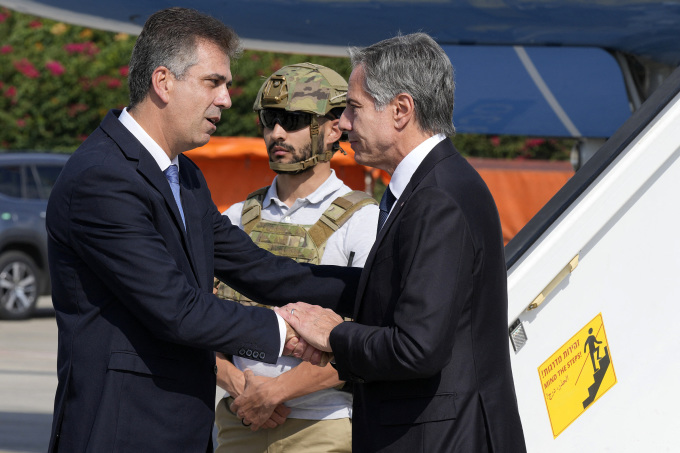
US Secretary of State Antony Blinken (right) shakes hands with his Israeli counterpart Eli Cohen at Ben Gurion airport, on the outskirts of Tel Aviv on October 12. Photo: AFP
The situation took a notable turn when on October 13 , the Israeli army asked about 1.1 million people in the northern Gaza Strip to evacuate to the south within 24 hours, announcing that it was about to intensify combat operations in Gaza City.
Israel has outlined two corridors for civilians to move through, while the United Nations has said the evacuation request is impossible, asking Tel Aviv to seriously consider the risk of a humanitarian disaster in Gaza.
US Defense Secretary Lloyd Austin arrived in Israel on the same day and met with Prime Minister Netanyahu. The Pentagon chief continued to affirm support for Israel in the conflict with Hamas.
Lebanon's Hezbollah group opened fire on several northern Israeli border outposts, security sources said on October 14 , prompting Israeli forces to return fire. The fighting has raised fears that Hezbollah is opening a second front amid the Israel-Hamas war. Hezbollah and Iran have previously warned that fighting around the Gaza Strip could escalate into a regional conflict.
Israel later declared it was "fully prepared" for a combined land, sea and air operation against Hamas in the Gaza Strip, but did not say when it would begin.
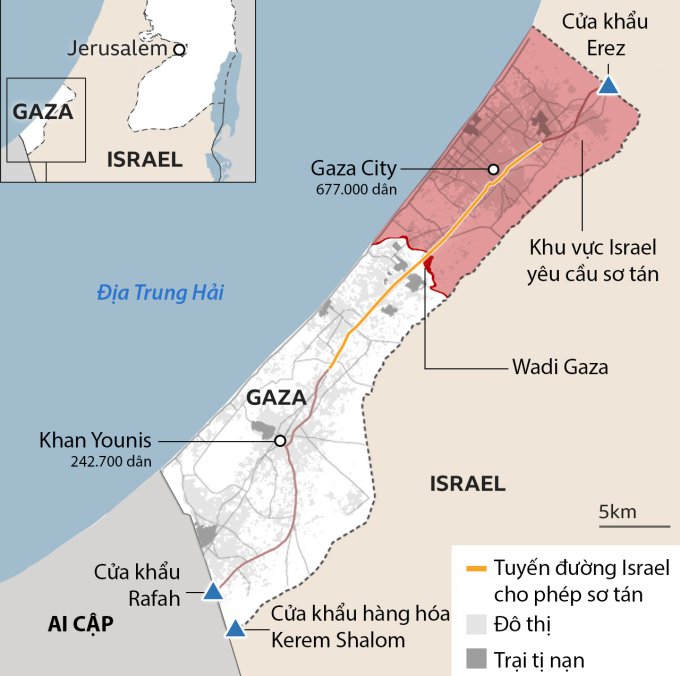
Area ordered evacuated by the Israeli army in the northern Gaza Strip. Graphics: BBC
Fighting between Hezbollah and Israeli forces on October 15th has been on the rise. Hezbollah said this does not mean they have decided to join the Hamas-Israel war and that this is just a "warning". Israel said Lebanon must be held responsible if the fire originates from its territory.
UN Secretary-General Guterres warned on the same day that the Middle East is "on the brink of the abyss", continuing to call on Hamas to release hostages and Israel to allow humanitarian aid workers into Gaza.
The humanitarian situation in Gaza is worsening, with the United Nations Relief and Works Agency for Palestine Refugees (UNRWA) saying Gaza is “being suffocated”. The number of civilians seeking shelter at UNRWA facilities in southern Gaza is overwhelming, while the area is severely short of water.
"We all know that water is life. Gaza is running out of water. And Gaza is running out of life," warned Philippe Lazzarini, an official at UNRWA.

An Israeli army armored vehicle convoy heads toward the border with the southern Gaza Strip on October 15. Photo: AP
Tensions in the region showed no signs of abating on October 16. The Israeli military today ordered residents living in the northern region, bordering Lebanon, to evacuate.
After more than nine days of fighting, the Palestinian Ministry of Health said 2,670 people had been killed and 9,600 injured in the Gaza Strip. Israeli officials announced the death toll and injuries on this side were more than 1,400 and about 3,400. Israel also confirmed that Hamas had kidnapped at least 155 hostages and taken them to Gaza.
Nhu Tam (According to AP )
Source link


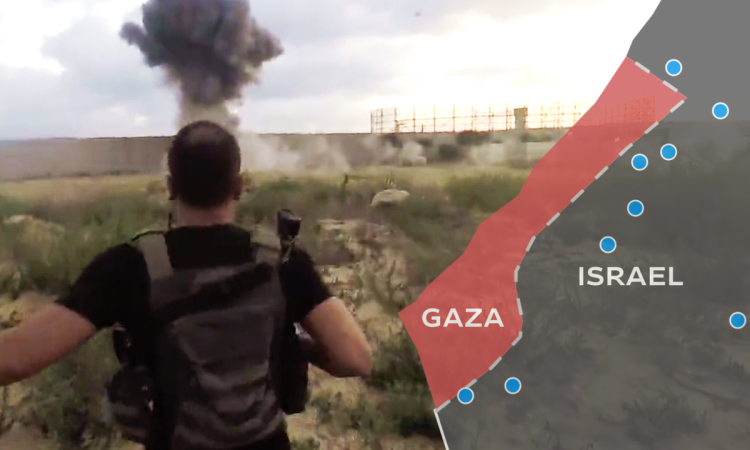
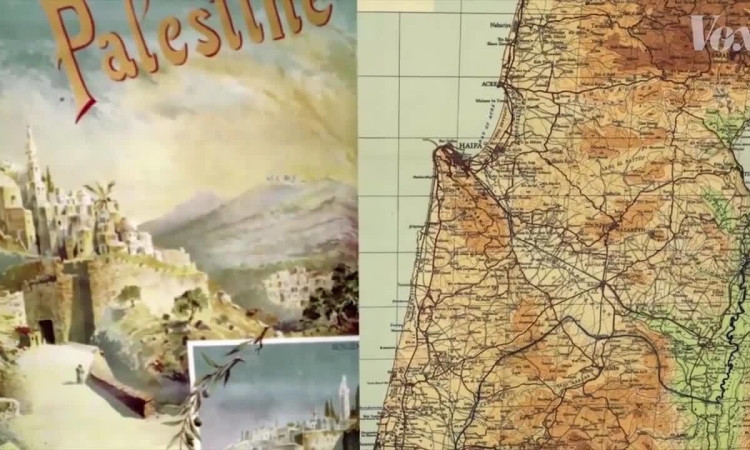







































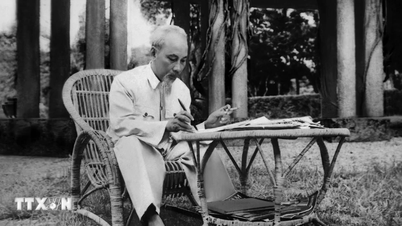










![[Maritime News] Wan Hai Lines invests $150 million to buy 48,000 containers](https://vphoto.vietnam.vn/thumb/402x226/vietnam/resource/IMAGE/2025/6/20/c945a62aff624b4bb5c25e67e9bcc1cb)


























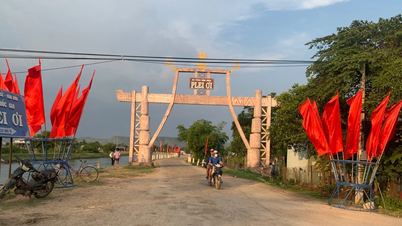

















Comment (0)